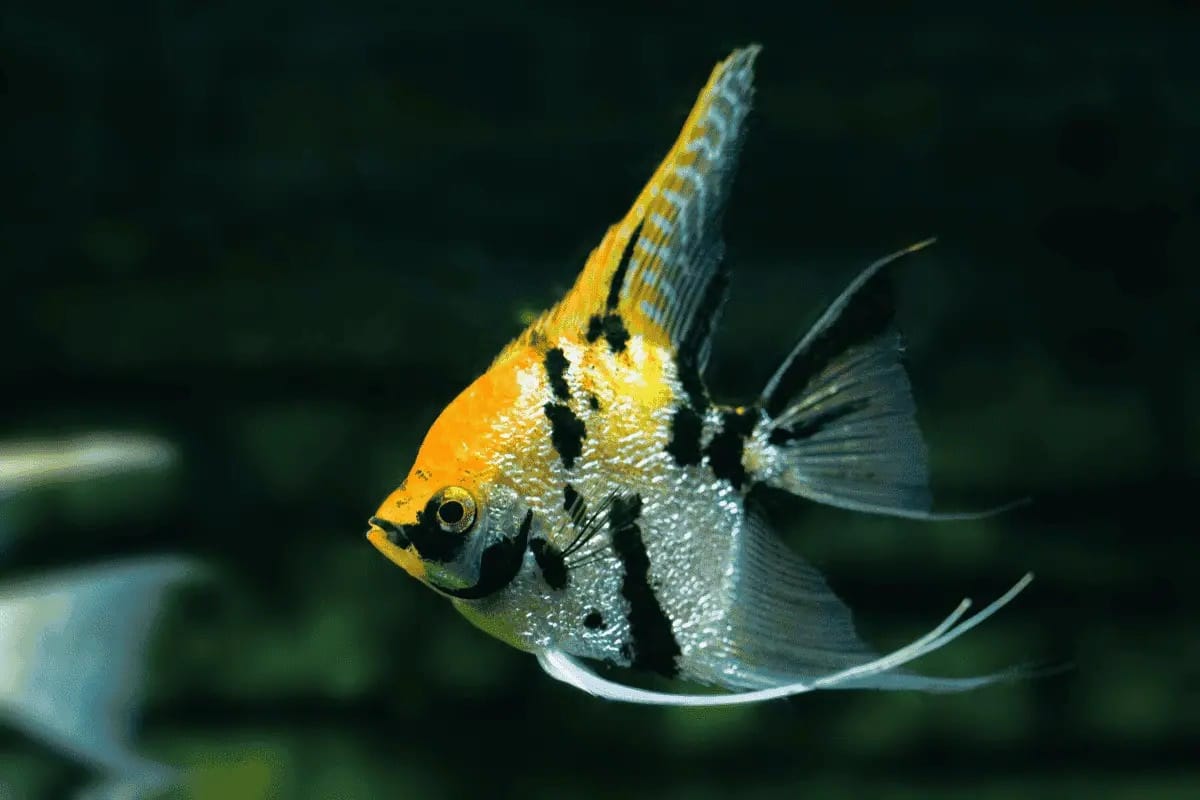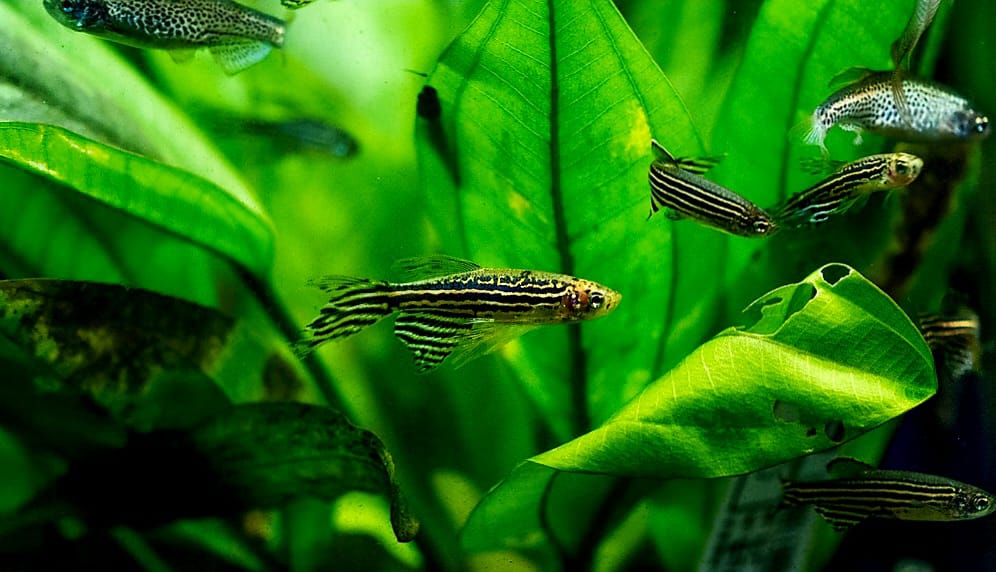Neon Tetras are one of the most popular freshwater aquarium fish, admired for their striking colors and peaceful nature. They are an excellent choice for both beginner and experienced fish keepers.
However, despite their small size, Neon Tetras require proper care to thrive. This guide covers everything you need to know about Neon Tetras, from their history and diet to their behavior, health concerns, and tank requirements.
Table of Contents

Introduction
Neon Tetras are small, schooling fish that add vibrant color to any aquarium. Their shimmering blue and red stripes make them stand out, and their peaceful demeanor allows them to coexist with many other fish species.
Though they are hardy fish, they still require clean water, a stable environment, and a well-balanced diet to maintain their health and coloration.
History and Origin
Neon Tetras (Paracheirodon innesi) originate from the clear and blackwater streams of the Amazon Basin, primarily in Peru, Colombia, and Brazil.
They were first discovered in the 1930s and quickly became a favorite among aquarists due to their striking appearance and adaptability to home aquariums.
Why Neon Tetras Were Popularized
Neon Tetras were introduced to the aquarium trade due to their bright coloration, ease of care, and ability to adapt to captive environments.
Their peaceful nature and tendency to school together in mesmerizing displays made them highly sought after by fish enthusiasts worldwide.

Freshwater or Saltwater Fish?
Neon Tetras are freshwater fish and thrive in soft, slightly acidic water. They require stable water conditions and are sensitive to sudden changes in water parameters.
Physical Characteristics
Neon Tetras are small, slender fish with dazzling color patterns. Their characteristics include:
- Size: Typically grows to about 1.5 inches in length.
- Color Variations: Known for their electric blue horizontal stripe and red lower body.
- Lifespan: With proper care, they can live for 5 to 8 years.
- Body Shape: Slim, torpedo-shaped body ideal for fast swimming.
Choosing the Right Neon Tetra
When selecting Neon Tetras for your aquarium, consider:
- Tank Size: A minimum of 10 gallons for a small school of at least six.
- Health: Choose active fish with bright colors and no signs of illness.
- Schooling Behavior: Neon Tetras thrive in groups of six or more and should not be kept alone.

Diet and Nutrition
Neon Tetras are omnivores and require a varied diet. Their diet should include:
- Flakes or Pellets: High-quality tropical fish flakes or micro pellets.
- Live or Frozen Food: Bloodworms, brine shrimp, and daphnia for protein.
- Vegetables: Blanched spinach or spirulina-based food for plant nutrients.
- Feeding Schedule: Feed small portions twice a day to avoid overfeeding.
Fun Facts About Neon Tetra
- Their vibrant blue color is iridescent and appears to change in different lighting.
- Neon Tetras naturally live in dimly lit, tannin-rich waters.
- They are one of the most widely bred fish in the aquarium trade.
- In the wild, their coloration helps them blend in with the water to evade predators.
Neon Tetra Tank Requirements
- Water Quality: Prefer soft, acidic water with a pH of 6.0-7.0.
- Filtration System: A gentle filter is best, as Neon Tetras dislike strong currents.
- Tank Size: A 10- to 20-gallon tank is ideal for a school of Neon Tetras.
- Decorations: Live plants, driftwood, and dark substrate help mimic their natural habitat.

Filtering System
A proper filtration system is essential for Neon Tetras to maintain clean water and a healthy environment. Recommended options include:
- Sponge Filters: Provide gentle filtration without strong water movement.
- Hang-On-Back Filters: Efficient at maintaining water quality while allowing gentle flow.
- Canister Filters: Ideal for larger tanks to maintain stable conditions.
- Regular Maintenance: Perform regular water changes and clean filters to prevent toxin buildup.
Is It a Fighting Fish?
No, Neon Tetras are peaceful fish and do well in community tanks. They do not show aggression toward other fish, making them an ideal choice for a harmonious aquarium environment.
Types of Fish That Can and Cannot Be Bred with It
Compatible Tank Mates:
- Guppies
- Corydoras Catfish
- Mollies
- Harlequin Rasboras
Incompatible Tank Mates:
- Betta Fish (may become territorial)
- Large Cichlids (will prey on Neon Tetras)
- Goldfish (different water temperature needs)
- Tiger Barbs (may nip at Neon Tetra fins)

Neon Tetra Behavior and Social Traits
Neon Tetras are highly social and thrive in groups. Their behaviors include:
- Schooling: Prefer to stay in groups of six or more for safety.
- Active Swimmers: Enjoy darting around the midsection of the tank.
- Peaceful Nature: Do not display aggression toward tank mates.
Common Neon Tetra Health Problems
- Neon Tetra Disease: A parasitic infection causing color fading and deformities.
- Fin Rot: Often caused by poor water conditions or bacterial infections.
- Ich (White Spot Disease): Small white spots on the body, indicating a parasitic infection.
- Prevention Tips: Maintain stable water parameters, perform regular water changes, and avoid overstocking the tank.
Challenges Breeders Face
- Successfully breeding Neon Tetras requires soft, acidic water conditions.
- Their eggs and fry are highly sensitive to light and water quality.
- Separating adult fish from the eggs is necessary to prevent predation.

Advantages for Neon Tetra Breeders
- High demand due to their popularity in the aquarium trade.
- Easy to keep once a breeding environment is established.
- Neon Tetras are relatively inexpensive to breed and sell in large numbers.
Neon Tetra Myths and Misconceptions
- Neon Tetras Can Live Alone: They require a group to thrive.
- They Are Indestructible: Despite their hardiness, they still need proper care.
- They Don’t Need a Filter: Filtration is essential for water quality and health.
- All Neon Tetras Are the Same: There are different types, such as Green and Black Neon Tetras.
Learn More About Fish Breed
Understanding different fish breeds is essential for providing the best care, as each species has unique requirements for habitat, diet, and social behavior. If you are interested in learning more about “Goldfish, check out our in-depth guide: Goldfish Care Guide”.
If you like to know about Betta Fish you can read our article about batta fish “Betta Fish for Beginners: A Complete Care Guide“
Also, Guppies are one of the most popular freshwater aquarium fish if you like to know about Guppy Fish you can read our article “Guppy Fish for Beginners: Why They’re the Perfect Starter Pet“

Final Thoughts
Neon Tetras are among the most visually striking and peaceful freshwater fish in the aquarium hobby. Their schooling behavior and stunning colors make them a favorite among aquarists.
With proper care, a well-maintained tank, and a suitable diet, Neon Tetras can thrive and bring beauty to any home aquarium.
FAQs
How many neon tetras should be together?
At least 6 neon tetras should be kept together, as they are schooling fish.
How many neon tetras are in a 20-litre tank?
A 20-litre tank can house 4–6 neon tetras, depending on filtration and tank conditions.
Are neon tetras difficult to keep?
No, they are easy to care for but need stable water conditions and a well-cycled tank.
What is the lifespan of a neon tetra?
Neon tetras live 5–8 years with proper care




